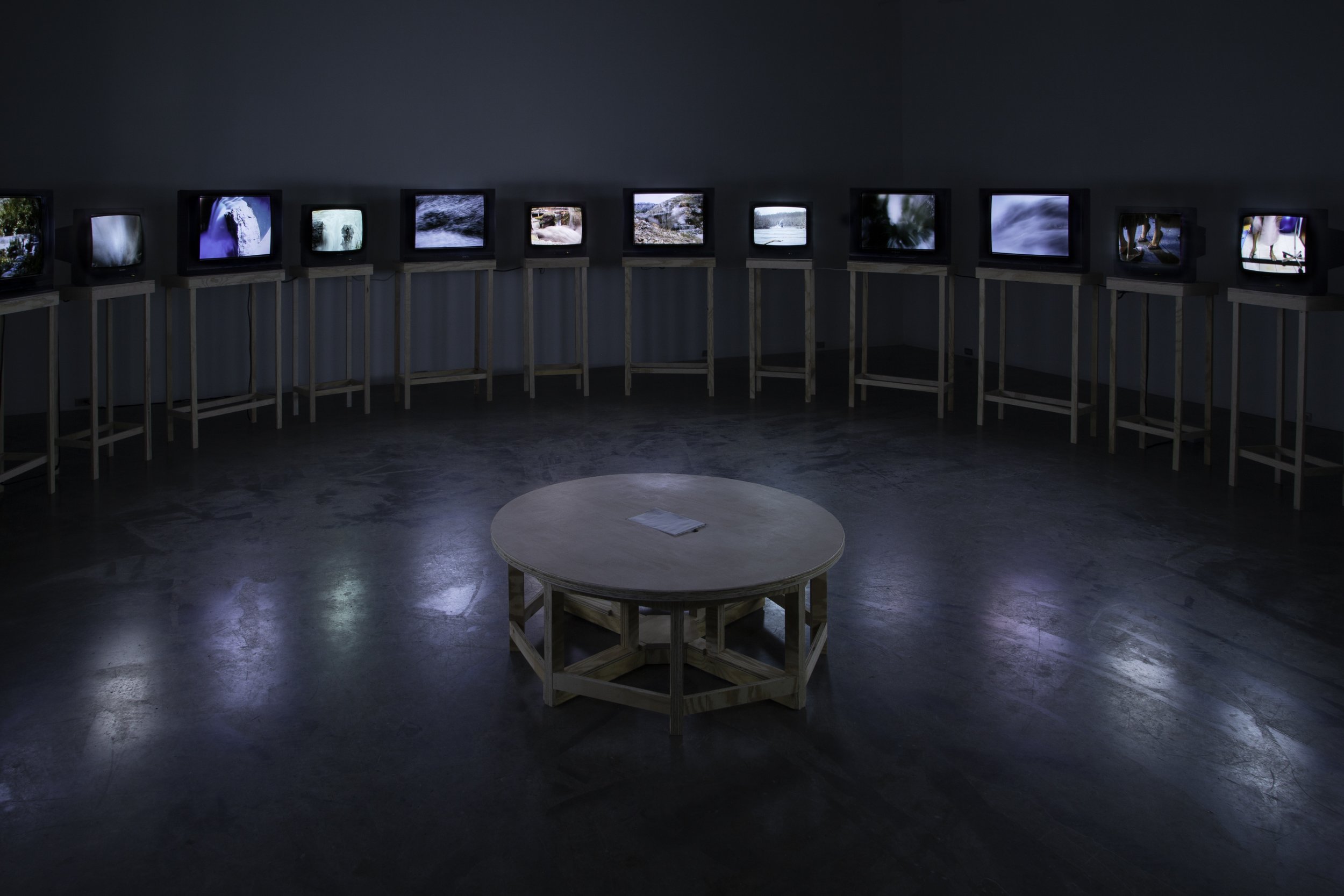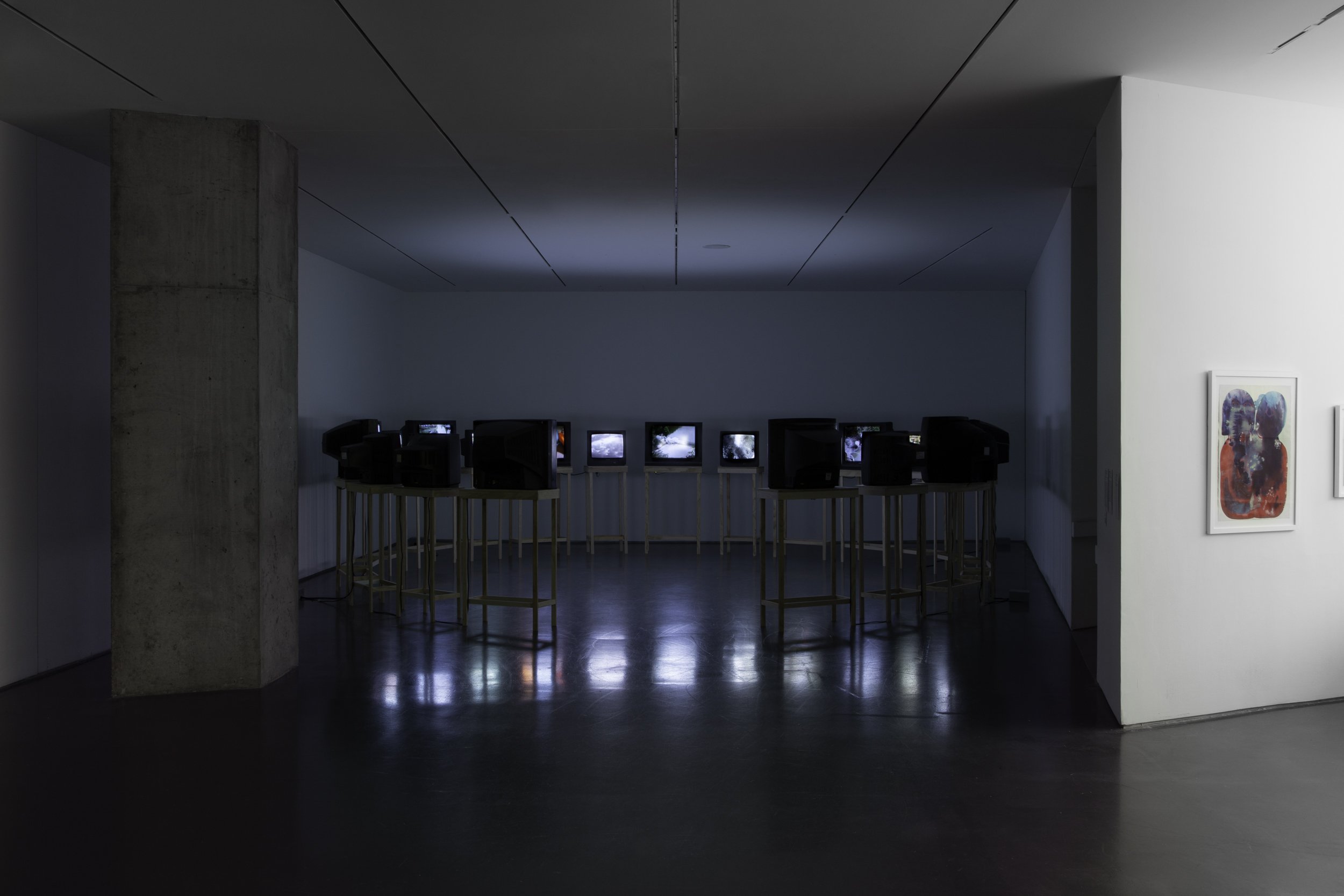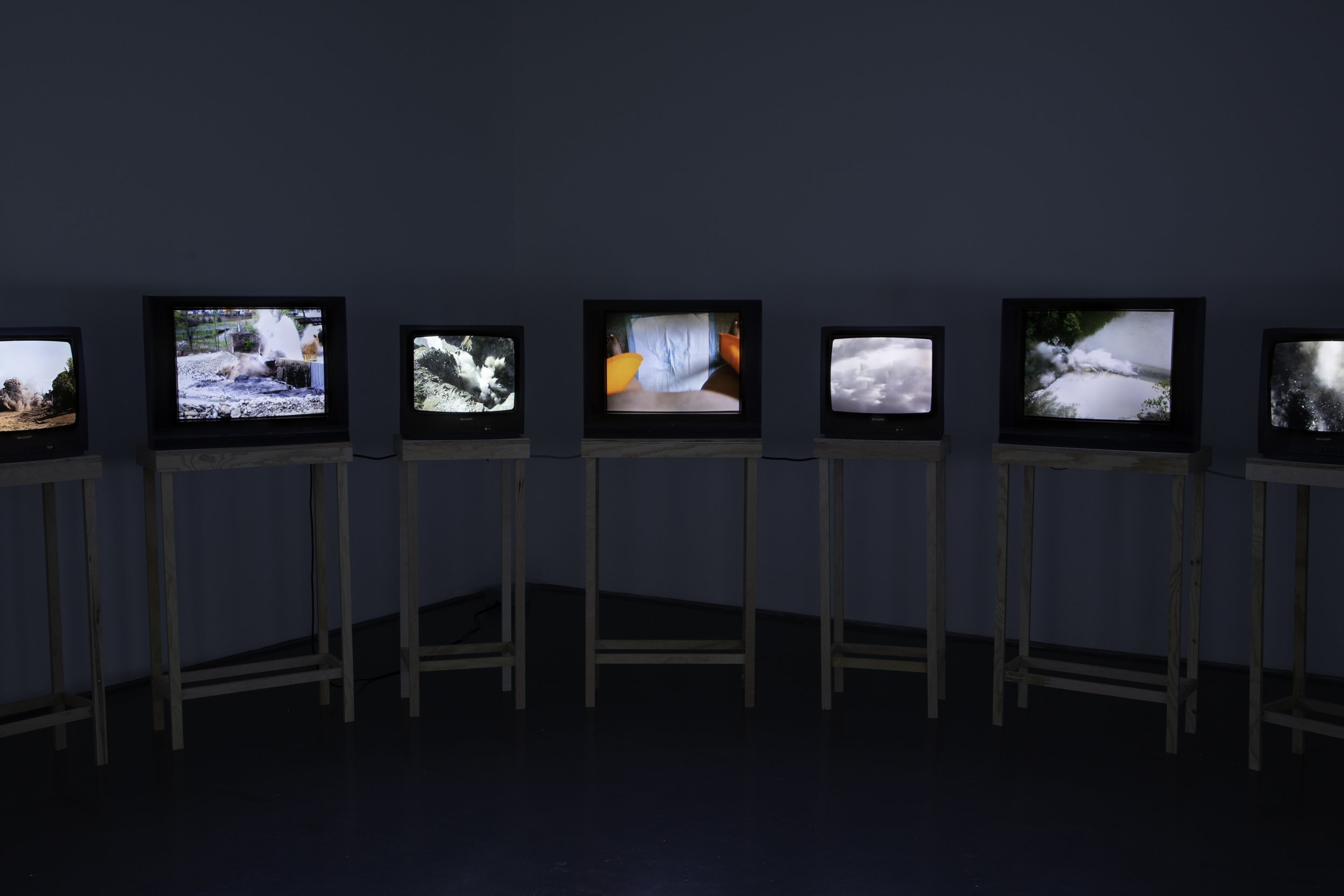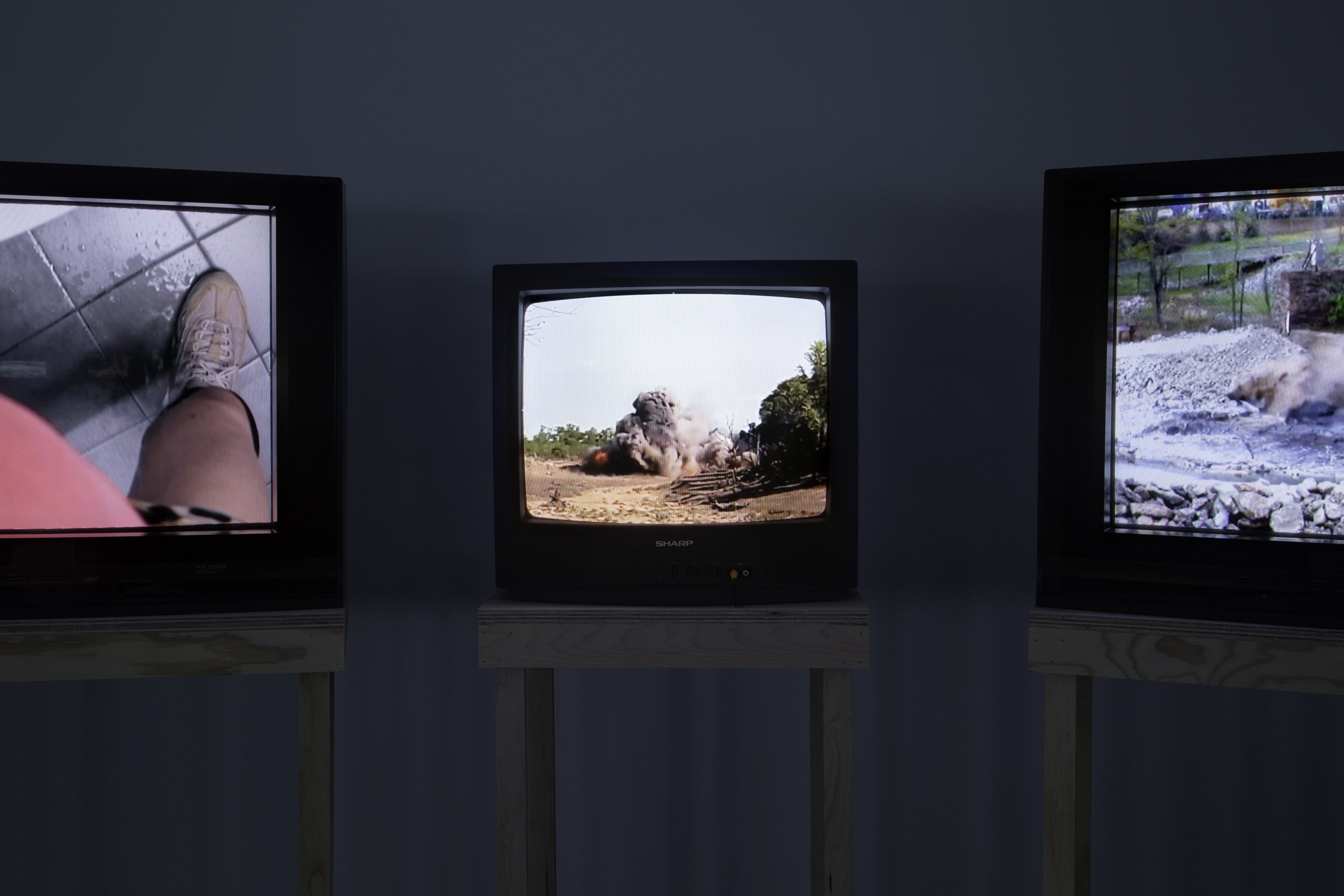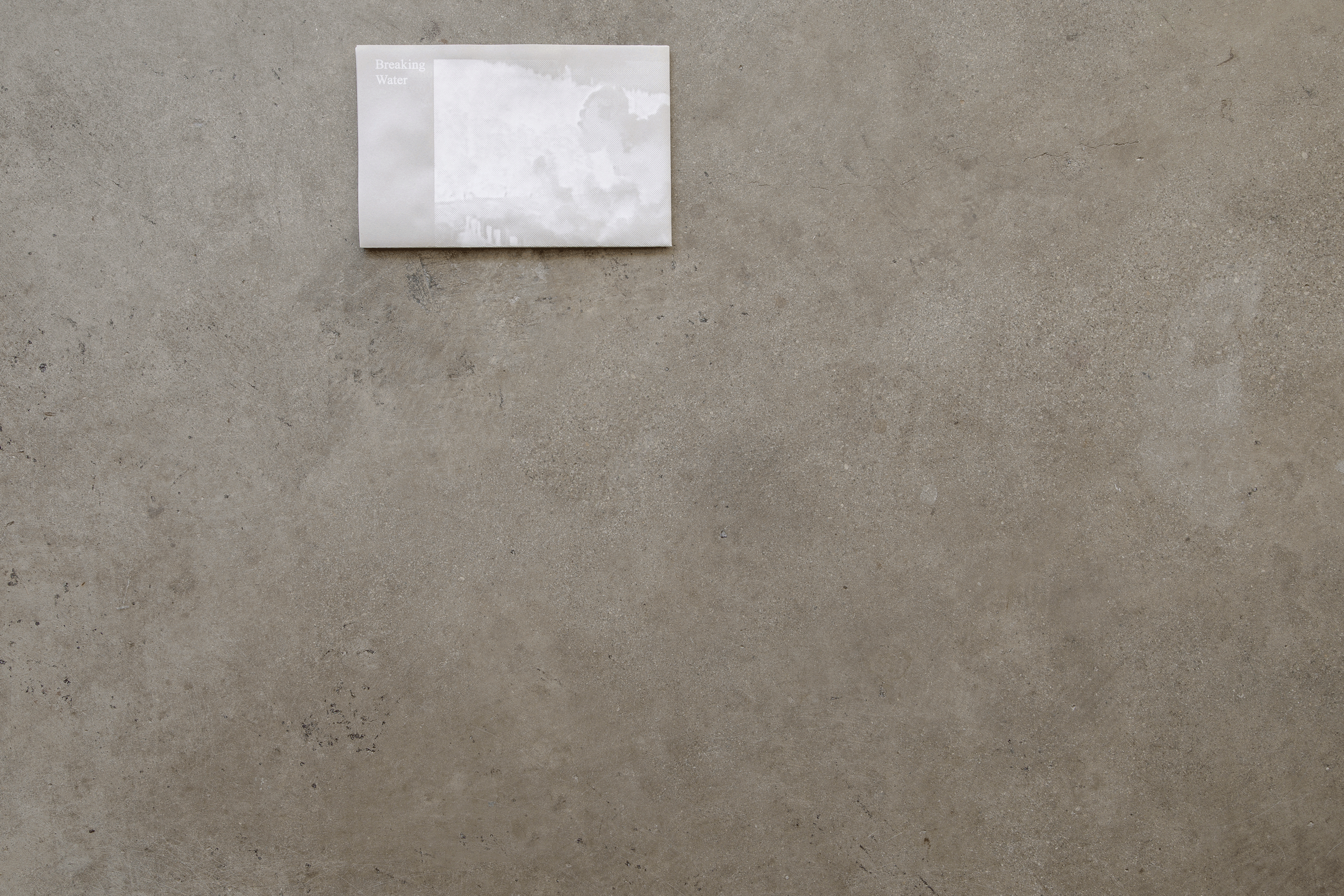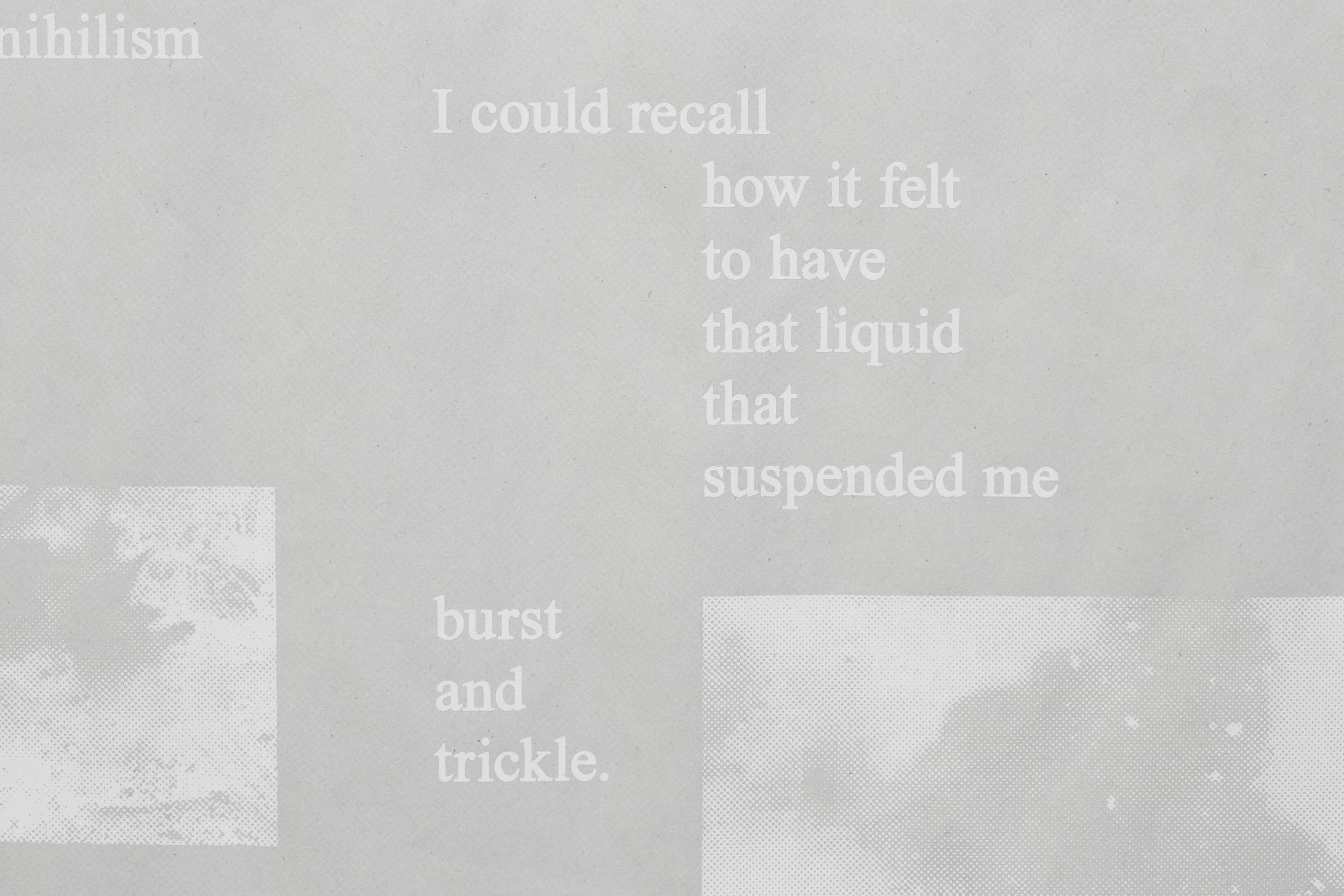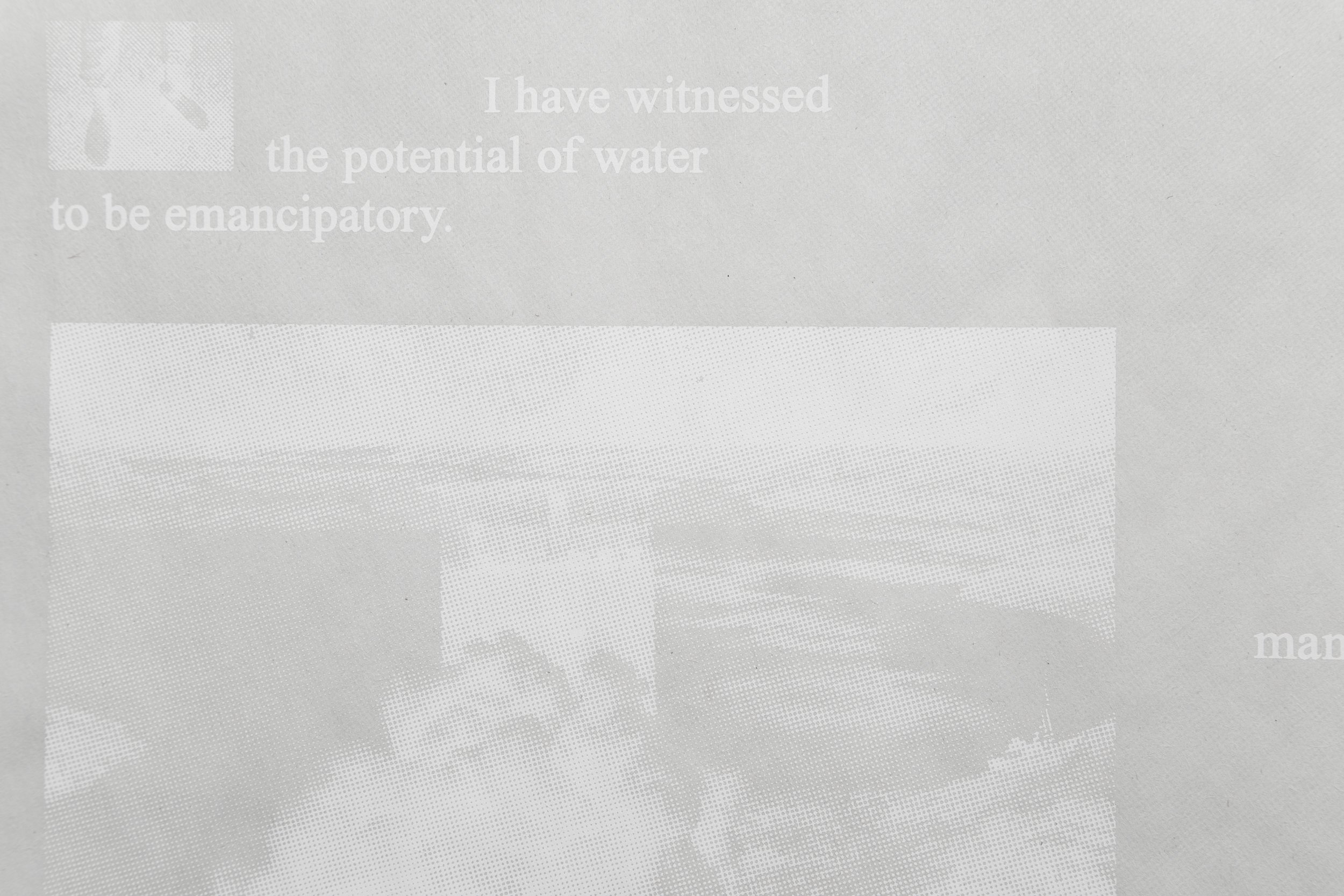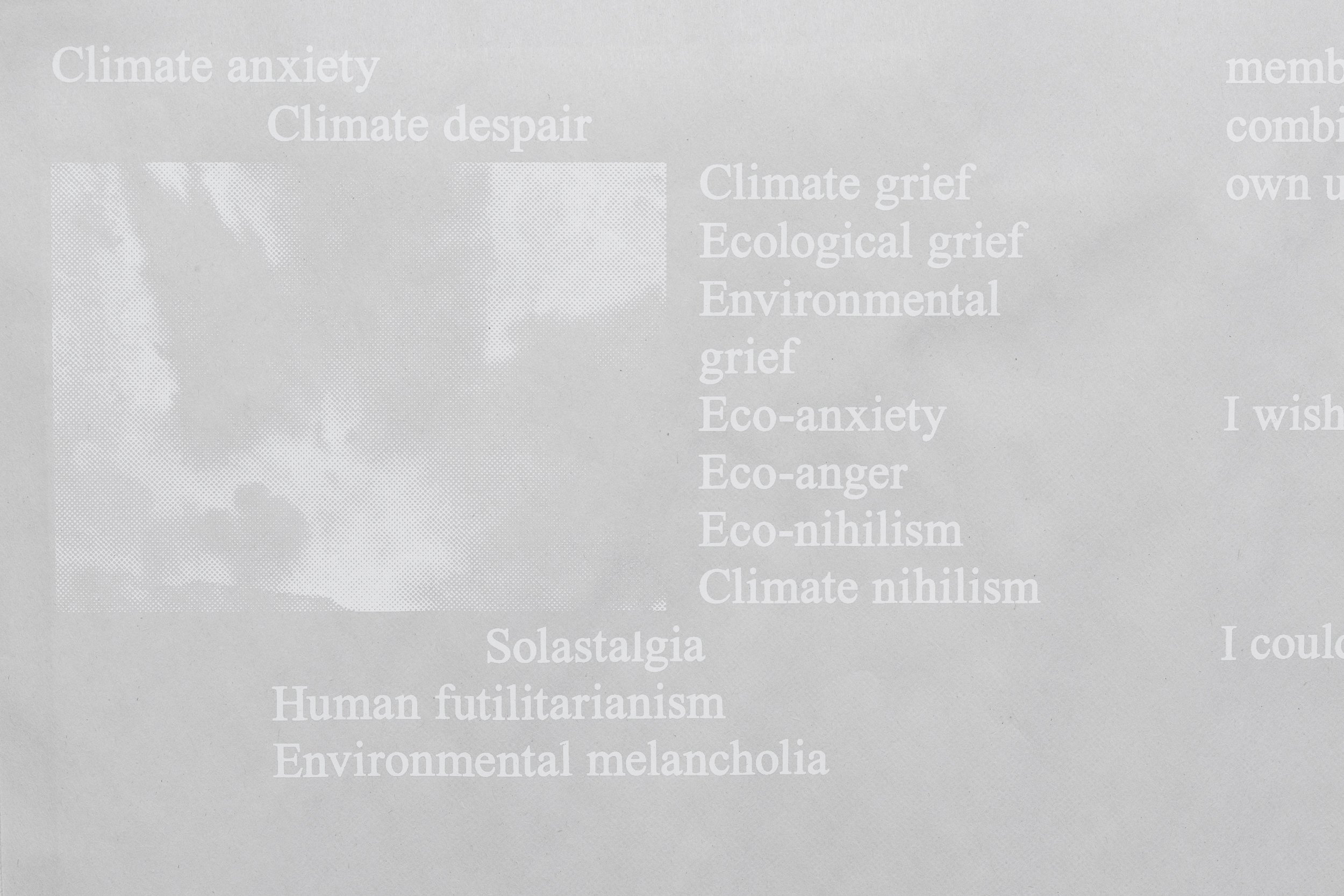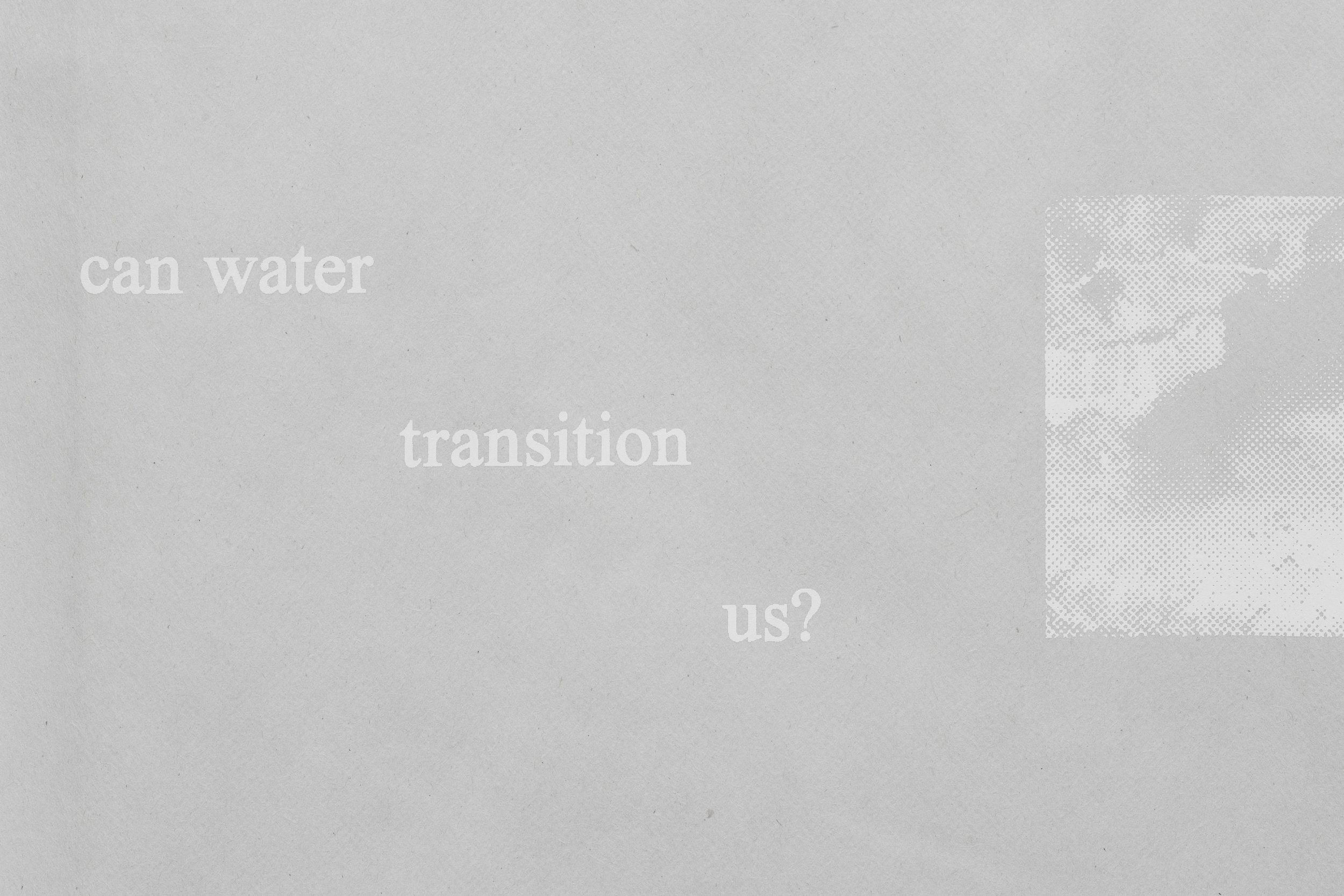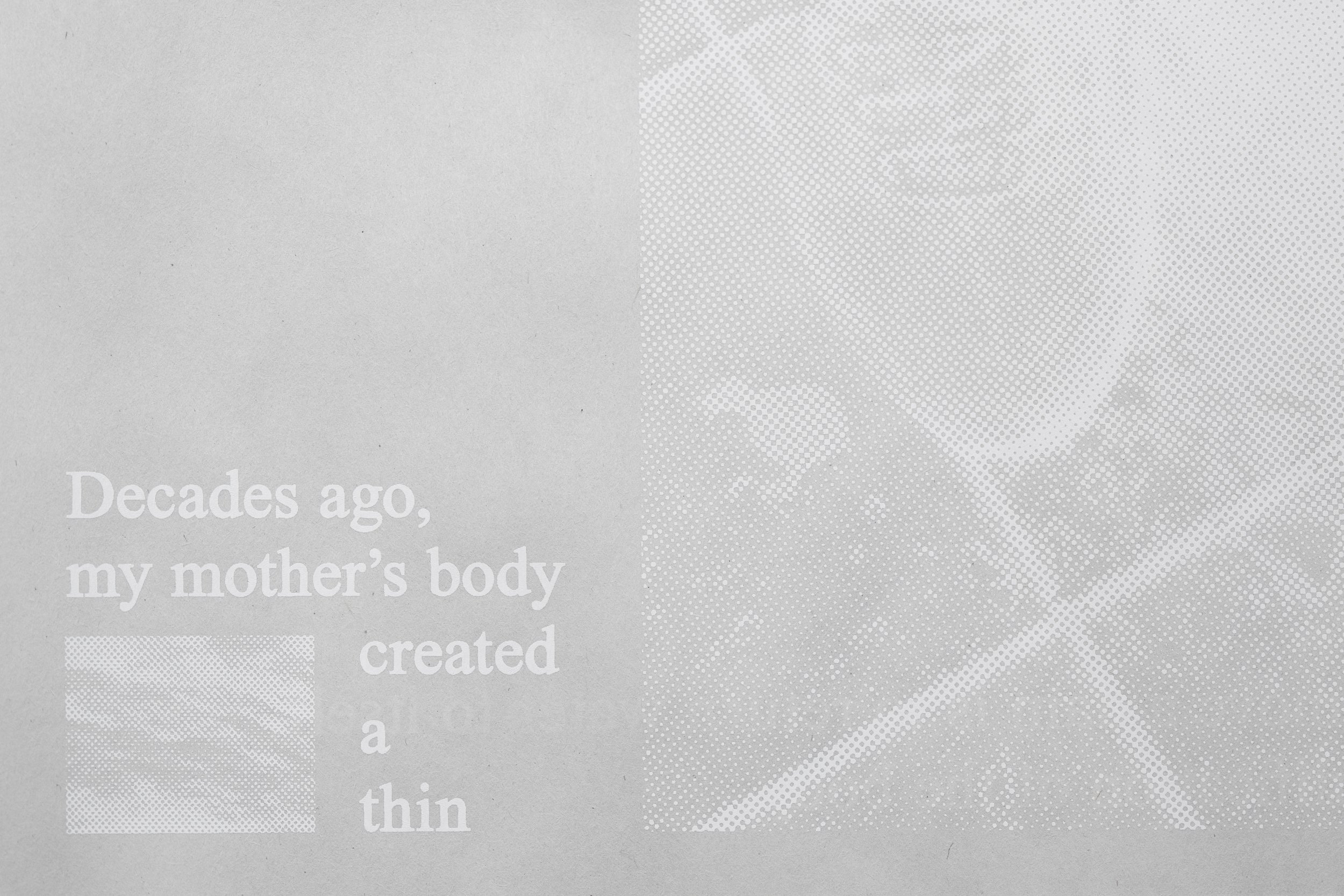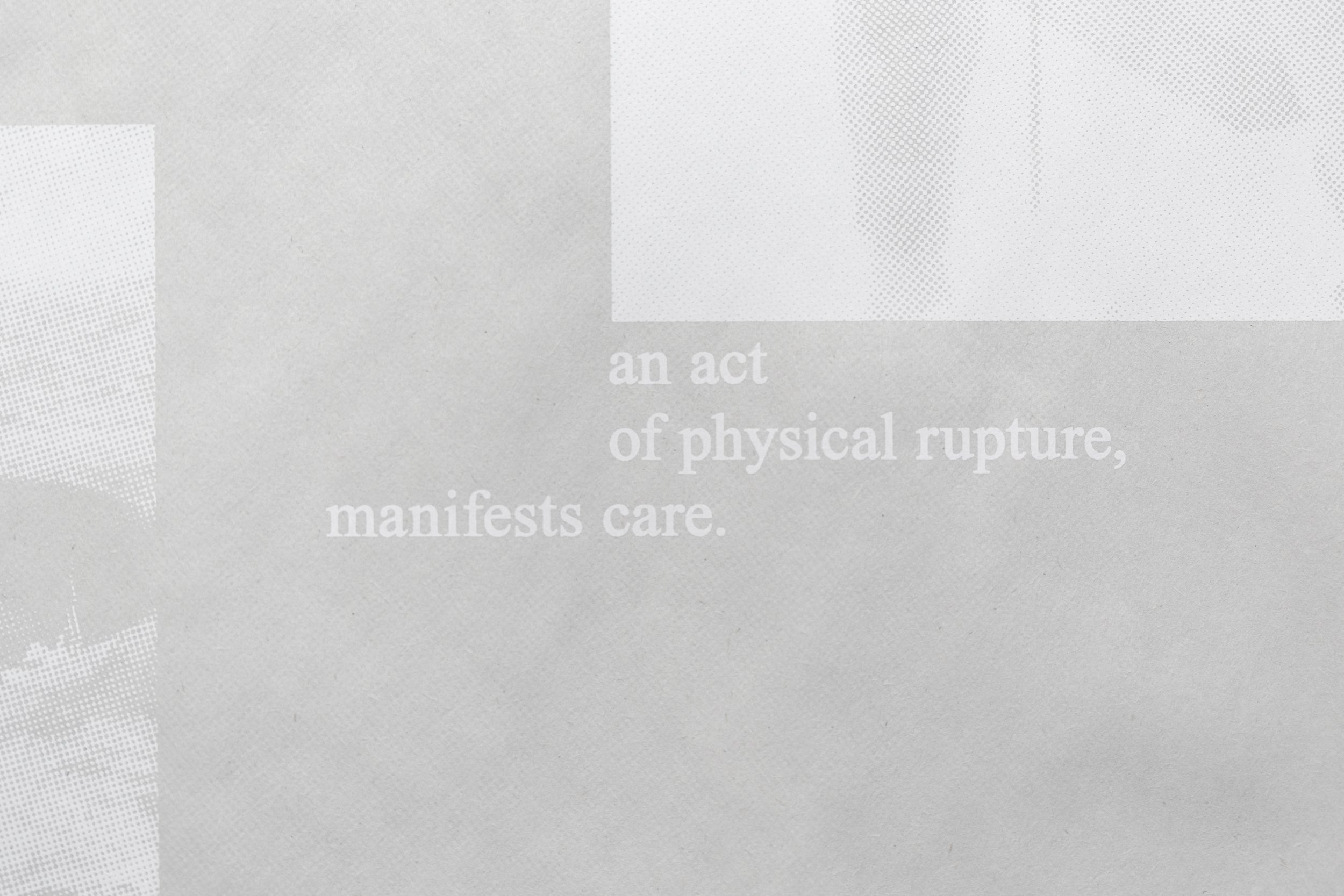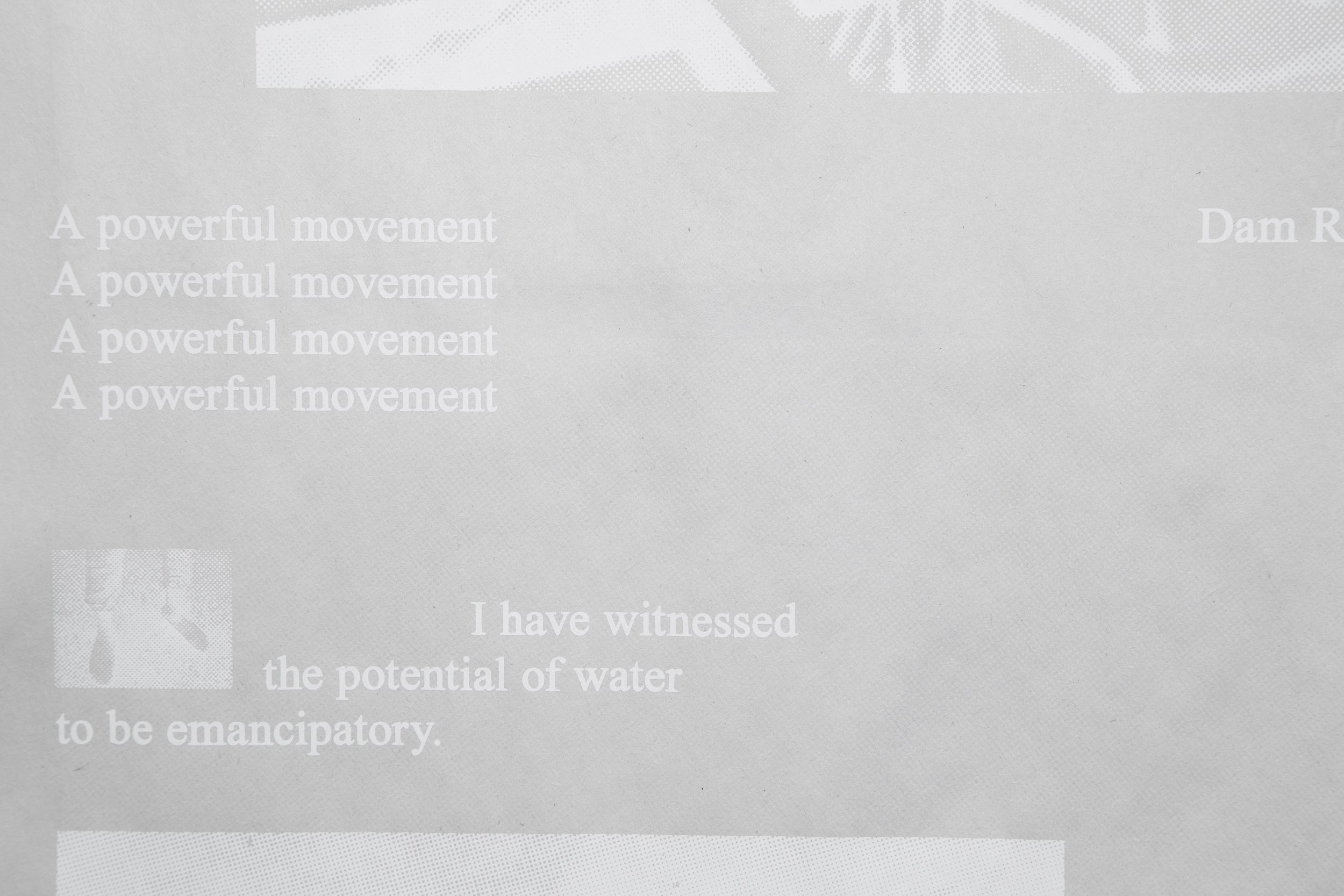Breaking Water
Collaboration with Carmen Winant
21-channel video installation, 11:12 min, with ceiling-mounted audio, 24:45 min
Breaking Water centers on the human experience of what psychologists have termed, ecological grief, which refers to the sense of loss, fear, sadness and dread that arises from experiencing or learning about environmental destruction. Winant and Lyon asked, how might human experiences with water signal a shift in consciousness—away from helplessness, denial and paralysis—toward something like awake-ness and action in addressing ecological imperatives?
The selected imagery depicts moments in which dormant, potential energy bursts into an unstoppable force. The artist’s collected found video footage in three main categories:
The rupture of the amniotic sac being broken in the human body—a signal of oncoming birth
Dam walls exploding during river restoration projects—long-term collaborative projects that remove failing and un-used dam wall infrastructure to reconnect rivers pathways
Water flowing, bursting, erupting, gushing
Breaking Water explores how experiences with and of water in the body—human and river—might offer a way to break through the idea of the individual into collective forms of care and repair. For Winant, childbirth was a movement toward the care of another. For Lyon, dam removal demonstrates collaborative care, a form of unlearning that has been described as “manifest dismantling” where Indigenous tribes, local communities, activists, scientists, governmental agencies, and environmental organizations work collaboratively to deconstruct settler imaginaries that worked to command and control water.
The installation consists of twenty-one second-hand CRT television’s which sit on tables built from recycled timber. The artists recorded their voices reading a text they researched and wrote. The audio is projected from the ceiling to the audience in the center of the installation.
To learn more about river restoration visit American Rivers. To support river restoration in the US you can become a partner with American Rivers or become a River Ambassador.
The below text was written by Amara Antilla, Curator, Contemporary Arts Center:
The collaborative work of Calista Lyon and Carmen Winant examines the profound psychological impact of ecological breakdown, with a particular focus on the interconnectedness of the water crises and the body. Both artists share an interest in the ways in which feminist and posthumanist perspectives have the potential to intervene within patriarchal and capitalist norms to radically shift the personal and political.
For their installation at the Contemporary Arts Center, the artists mobilize water as a catalyst for thinking about transformation and societal paradigm shifts. Juxtaposing images of “water breaking” in the context of both childbirth and river restoration projects, the installation features videos played in rapid succession on a circular constellation of outdated CRT monitors resting on a custom table fashioned from recycled timber. Culling hours of footage from YouTube, television, and Hollywood cinema, Lyon and Winant assembled a living archive. Perhaps alluding to a shift in climate activism beyond pacifism or nonviolence, the clips feature dramatic footage of explosions and gushing water in the immediate aftermath of human-involved initiatives to liberate rivers and waterways from extractive dam infrastructure. This imagery is punctuated by kitsch, sometimes humorous portrayals of unsuspecting women in the process of labor when the amniotic sac ruptures and liquid pools on the floor. Altogether the installation presents a dizzying array of experiences, where, in the artists’ words, “water never really ‘breaks’ but rather shifts form, moving in and out of bodies, [and] acts as both a signal and an agent of embodied change.”
Drawing in part from Andrea Ballestero’s text A Future History of Water, Lyon and Winant seek to capture the moment of fundamental transformation that occurs when individuals are compelled to act in support of water’s protection and larger efforts combating climate change. A soundtrack features the artists in conversation, responding to the prompts that guided their process in developing the work, including: When have we experienced perspectival breaking through? How do we relate to water in and of our own bodies? What are the most frightening or sublime encounters we have had with water? What can we learn from water? How do we move past the myth of our own powerlessness? The narration seems to echo internal dialogues we might all have had in coming to terms with the overwhelming feelings of suspension and urgency that are associated with climate grief. By using the transition between life in the womb and life outside of it, and the liberation of waterways as metaphors for thinking about the kind of paradigm shift that is needed for individuals to become politically and socially mobilized, Lyon and Winant engage in a radical reorientation of values and ethics—and prompt us to imagine a reality where we, like water, embody new modes of survival and resistance that are ever fluid, adaptable, and empowered.
